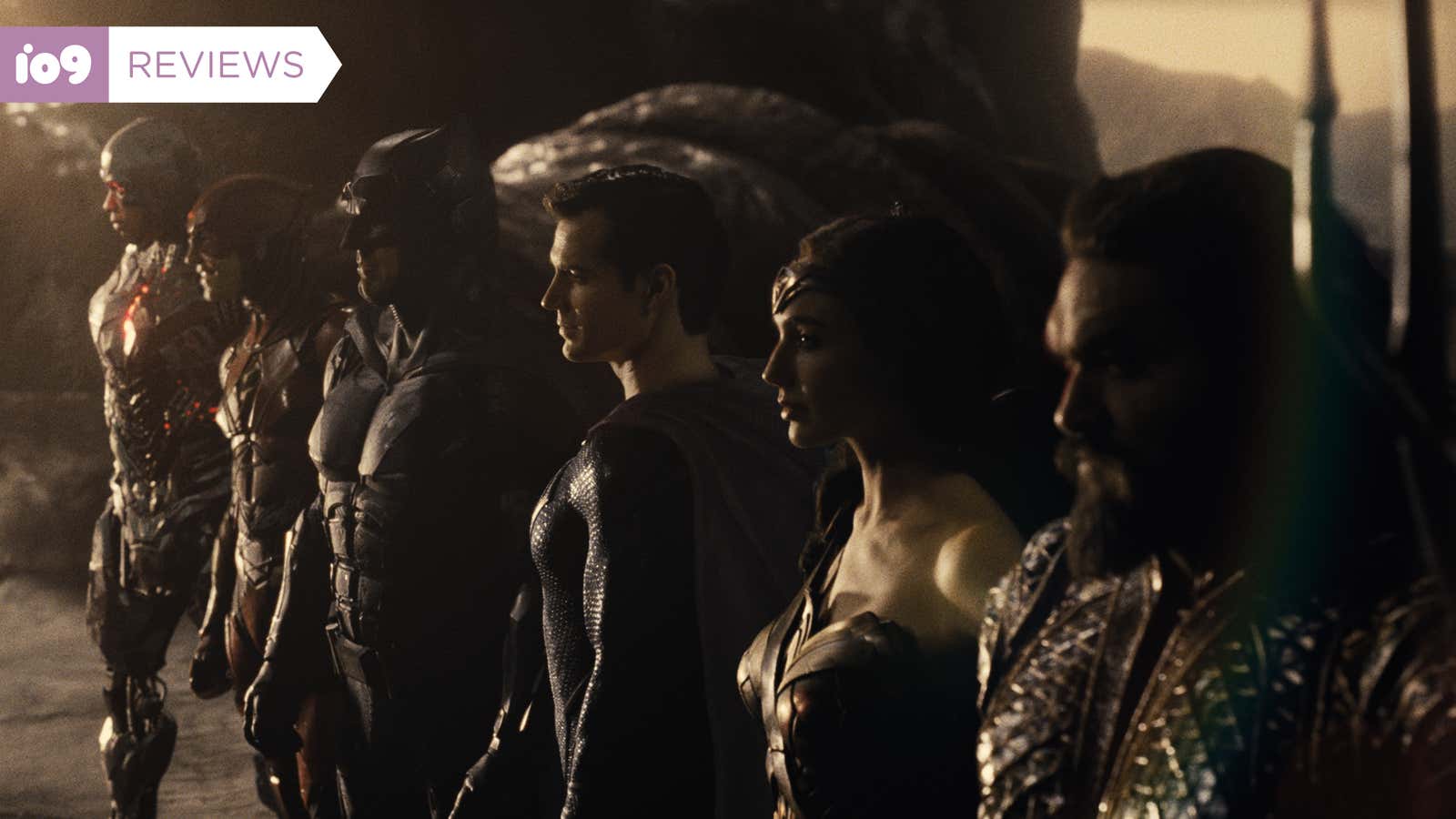For years, fans of director Zack Snyder have wondered, often to the point of questionable fervor, what could’ve happened in an alternate world where he got to finish 2017's Justice League. Four years and tens of millions of dollars later, Warner Bros. has opened a Pandora’s box to place us in that reality—and it turns out what Snyder has made is still at its core Justice League, for better and worse.
It feels almost impossible to talk about Zack Snyder’s Justice League—a four-hour-long undertaking releasing on HBO Max this week—outside the context of its road to release. Born from the tragic circumstance of his daughter’s death that pulled Snyder and his producer-wife Deborah from the project mid-filming (a circumstance you are reminded of throughout the film, not just for its fascination with death and rebirth, but in its dedication to Snyder’s daughter), this is a version of the film that did not exist when Warner Bros. hastily recruited Avengers filmmaker Joss Whedon.
In the wake of that film’s critical and box office disappointment, a failure that re-oriented the direction of Warner Bros.’ DC movie slate in ways still being felt today, Snyder’s most dedicated fans—still smarting from the critical drubbing Batman v. Superman faced—rallied to demand that Justice League’s original director get the chance to make his version. Not make, even, but release, taking hold of the idea that somewhere in the ether a completed, alternate version of Justice League was very simply waiting to hit theaters. The director himself, and the gathered stars of DC’s finest, spent years tacitly stoking the flames that saw these fans protest, celebrate, harass, and persist their way to a kind of fandom infamy few Hollywood franchises can attain, let alone survive.
Now we come to this: Zack Snyder’s Justice League, not a movie but an experience, a four-hour-long dive into Snyder’s vision made possible after Warner Bros. saw a chance to nab its new streaming platform a killer exclusive project. Millions and millions of dollars spent to take what Snyder had and actually craft a releasable story—a thing that was not always going to be the case—we now have an idea what could’ve been. It’s releasing at a time when Warner Bros. needs HBO Max to succeed more than ever, as Justice League’s former director Whedon has been the center of multiple reckonings about his toxic behavior on sets, including allegations from star Ray Fisher, the ramifications of which are still ongoing at the studio.
With all that in mind, what is about to be said may be something of a surprise, perhaps most of all to the fans who have been so desperately waiting for this undertaking’s release these past four years: the new Justice League is, in many ways, still very much the same movie as 2017's Justice League. There’s just...more of it.
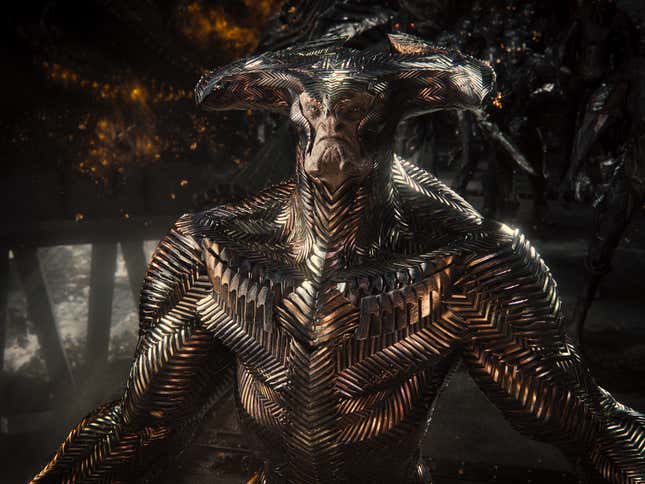
Although there is plenty new, Justice League mostly plays out similarly to the premise of its former self. It cannot be understated that this is double the length of the already gargantuan two-hour runtime of the original, and what is there that is familiar has had some judicious cuts or extensions. With the world and its heroes still in mourning for the death of Superman (Henry Cavill) in Batman v. Superman, a new threat in the form of invading demonic, cosmic warmonger Steppenwolf (Ciarán Hinds) emerges. Working to regain standing with his master, the Lord of Apokolips Darkseid (Ray Porter, an entirely new addition for Snyder’s project), Steppenwolf seeks three powerful technological artifacts left behind on Earth in a prior invasion attempt thousands of years ago called Mother Boxes, capable of reforging the planet and turning its denizens into slaves to Darkseid’s will.
Still processing guilt from his role in Superman’s death, Batman (Ben Affleck) and his butler Alfred (Jeremy Irons) find themselves in a race against time to recruit a fighting force of metahumans capable of stopping this plot: Arthur Curry, the reluctant heir to the throne of Atlantis as Aquaman (Jason Momoa); Diana Prince, the Amazonian demigod known as Wonder Woman (Gal Gadot); faster-than-light young speedster Barry Allen (Ezra Miller, themselves a current subject of controversy for Warner Bros.); and technological wonder Victor Stone (the aforementioned Fisher), a powerful cyborg born from Mother Box experimentation by his father Silas (Joe Morton).
What this means is you are not entirely engaging with something completely new in and of itself, despite a good portion of it being entirely new. Characters start and end mostly as they did in the original version, although there is much embellishment along the way—and a head-spinning epilogue that serves as almost both a farewell to Snyder’s vision of DC moviemaking and a celebration of its potential future.
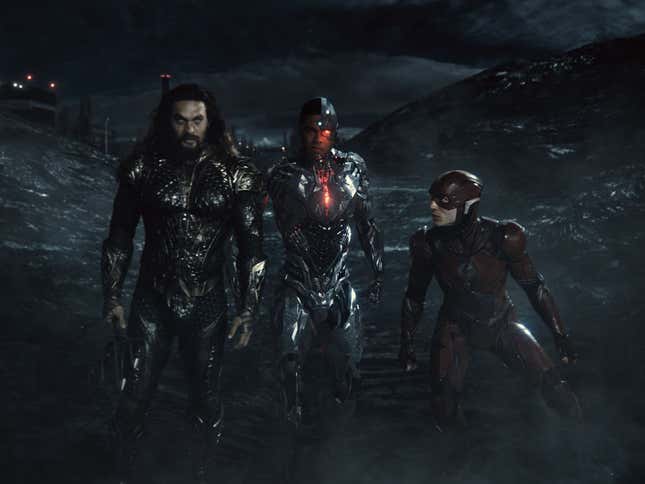
Beat by beat, the movie’s arc carries itself much as it did four years ago. That means that some of the same narrative weaknesses that held the 2017 film back persist here, albeit obfuscated by the sheer depth of Snyder’s additions. Though the older version felt both aggressively overlong and yet about as satisfyingly dense as a sheet of paper, Snyder’s Justice League maintains that feeling of overlength while also filling its runtime with an almost overwhelming amount of stuff for its audience to chew on.
So then, what do Snyder’s additions actually add to Justice League? For starters, there’s more grandeur, heightened stakes that feel much more befitting of DC’s Justice League formation than the TV-movie vibes of the 2017 film—ironic, given that you will experience 2021's Justice League solely through a television screen when it releases. Though there’s not necessarily a depth of plot now (even though changes include what is a pretty radical reframing of the film’s climactic act, even before the new epilogue), the moments Snyder brings to Justice League add a vital depth of character, using the additional runtime to pace the growth of his heroes and bring them together in ways far less clunky than his predecessor.
This is, undoubtedly, the strongest thing about Snyder’s Justice League, and the closest the project gets to validating its long, strange path to fruition. Instead of feeling like a rushed, hacked-up race to a third-act explosion-fest, Snyder smartly uses his expanded scope as well as its scale to spend time with heroes and villains alike. Steppenwolf—formerly a relatively empty threat that existed to pick up the three Mother Boxes with little in the way of opposition while screaming unexplained yelps of “Mother!” and “The Unity!”—now actually has an arc of his own, albeit a simple one driven by interior conflict within Darkseid’s lieutenants (notably DeSaad, played by Peter Guinness) and his desire to prove himself once more to his master after attempting to betray him.
The League themselves now actually get to breathe and spend time with each other outside of the major moments of superheroic fisticuffs—Superman notwithstanding, whose role in the film is still short and more of a blunt tool to hang everyone else’s arcs on. For the rest of DC’s famous team though, this not only more naturally portrays their growth into a unit of allies and friends compared to the original, but also lets them sit as characters beyond their status as some of the world’s most recognizable heroes. Even though events play out largely similar to the previous version, those events at least now feel much more natural and cohesively progressed through, creating a much stronger, coherent film in the process.
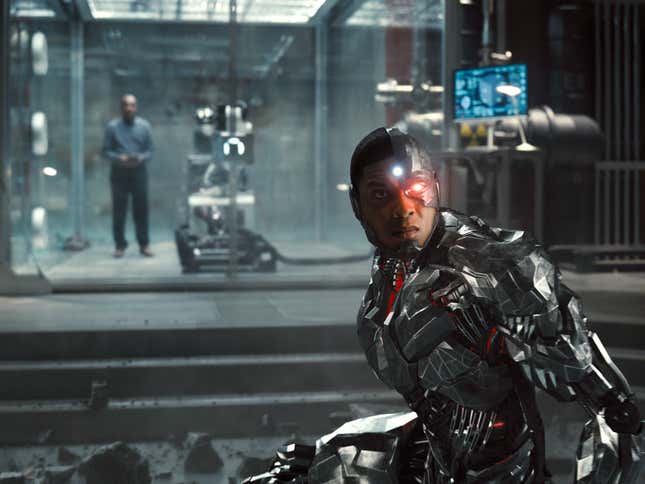
By far the greatest benefactor of this expanded time is Ray Fisher’s Victor/Cyborg, who now, instead of a shiny metallic plot device, feels much more like the heart of Justice League compared to his wasted role in the 2017 film. Victor’s past and his troubled relationship with his father—as both a son craving validation for his achievements and as the rebellious test subject of his father’s desperate fascination with the Mother Box—are much more cohesively laid out. It allows the film to map his personal trajectory over its larger themes about the sins of the father and reckoning with self-identity, as well as the tonal arc of melancholia into hope. Not only does the progression from despair (mourning Superman’s passing) into an almost gleeful sense of faith and hope (the League has working together) in the climax feel much more natural thanks to being built around Victor’s personal growth, it actually feels much more earned overall in the process. By the time the film is ready to devolve into the indulgent superhero third act fury of grandiose action, it feels like these characters have earned that moment of simple, explosive catharsis, instead of it being something that happens because blockbuster moviemaking demands it.
What doesn’t quite work here is not so much in addition as it is recontextualization. Few will be surprised to hear that Snyder’s film is not as light as its predecessor and not just because it cuts out pretty much all of the envisioned banter added previously (that’s not to say there is no humor, it’s just less forced). When we do get versions of scenes we saw some form of in 2017, Snyder often tweaks the tone to a much darker effect. Many times this is part of the film’s expansion of scale, effectively lending a greater weight to its stakes with action scenes now carrying a sense of devastation unlike anything seen in the original. For example, the Amazonian skirmish with Steppenwolf on Themiscyra now involves multitudes more Amazons and Parademons, as well as the complete destruction of a chunk of the island, a major escalation compared to the relatively toothless chase sequence it previously was. Elsewhere, scenes of violence that were once subdued for a family audience are now amplified with increased brutality and gore, leaning towards Snyder’s own previously established ethos of these metahuman figures as dangerous, godlike beings almost to be feared as much as they are admired.
While fans of Snyder’s particular view of comic book hyperviolence will no doubt embrace these moves, their tonal dissonance goes too far when matched with the film’s wider arc about despair turning to hope. Take, for example, the early scene in the movie where Wonder Woman fights a group of terrorists in London. It mostly plays out the same here as it did in 2017, but instead of Diana incapacitating her foes with a graceful display of power, now her action is amplified to be significantly more murderous, ragdolling men into walls, leaving crumpled messes below the bloodstains where they land. Yet, sans the context of this brutal violence, a welcome addition to the scene comes with Diana comforting one of the young schoolgirls taken hostage, which plays incredibly weirdly, given that in the background there is now a scene of absolute devastation and mulched bodies that Diana breezily leaves in her wake.

This dip into overindulgence also hits an even weirder weak spot in the form of the film’s epilogue, a near 30-minute sequence that doesn’t so much wrap up Justice League as a movie—which already feels more naturally done by its climax—as it does muddy the waters of what Snyder’s project is ultimately meant to be. It’s a fannish aside that unnecessarily attempts to tie up questions raised by Snyder’s prior DC works, tee up movies to come that have already come at this point, and most oddly of all, throw open wide doors for an alternate future of movie possibilities that we have no idea will ever come to pass. It’s hard to say if such possibilities will leave Snyder’s most diehard supporters salivating or frustrated, or perhaps both in equal measure. Not only does the epilogue feel like it robs the film of the sense of finality it worked hard to earn in the multitude of hours running up to it, but within the context of how this project came to be in the first place, it feels like a naïve encouragement to the more toxic corners of Snyder’s fanbase—as much as the director tries to downplay them—that, after achieving seemingly everything they had asked for and then some, they now have the leverage to demand more.
In the end, it’s that which makes Justice League such a peculiar thing to consider. It is, undoubtedly, a stronger movie than the version released in 2017. It is also, undoubtedly, a very similar movie to that version, and therefore a much harder ask of its audience to consider, given that it only improves upon its prior self by using a lot more time to correct mistakes. That makes it hard to say who Snyder’s Justice League is really for. It’s a hard sell to people looking to watch something shiny on HBO Max who either haven’t engaged with Snyder’s past work or the DC movieverse at large, its reverence and self-reference almost as unassailable to a newcomer as its runtime. It’s also a hard sell to people who saw Justice League in theaters four years ago as well, given that its core is still that same movie, just now wrapped in much (much) more context, no matter how appreciated that context is. It may even be a hard sell to the people who have been waiting to see Snyder’s vision realized, not because it doesn’t execute that vision, but because it leaves almost as many potentials unrealized here as there were back when the “Snyder Cut” was a hope and a dream.
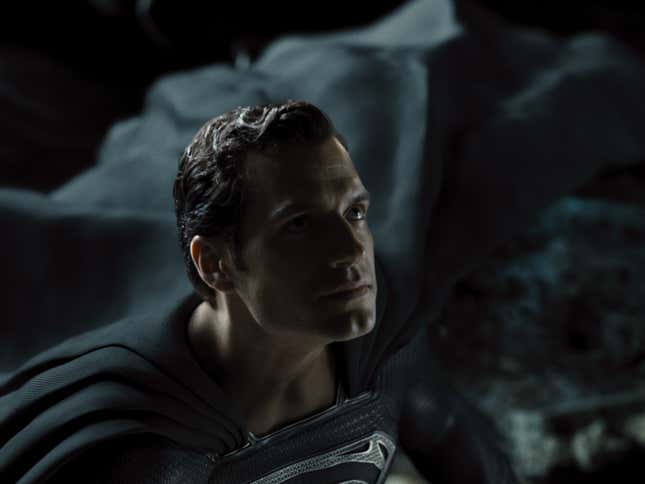
Once again, it feels impossible to reckon with Snyder’s Justice League without also reckoning with the path to its release. Its titanic length feels almost, in a way, like a parallel to that rocky road—a long, messy, but enduring persistence that, in the end, leaves a film paradoxically improved and humbled, both realized and yet still missing potential. Whatever it is, to whoever it ends up being for, Snyder’s Justice League now exists. And a hell of a thing it is, for good or ill.
Zack Snyder’s Justice League begins streaming on HBO Max March 18.
For more, make sure you’re following us on our Instagram @io9dotcom.
